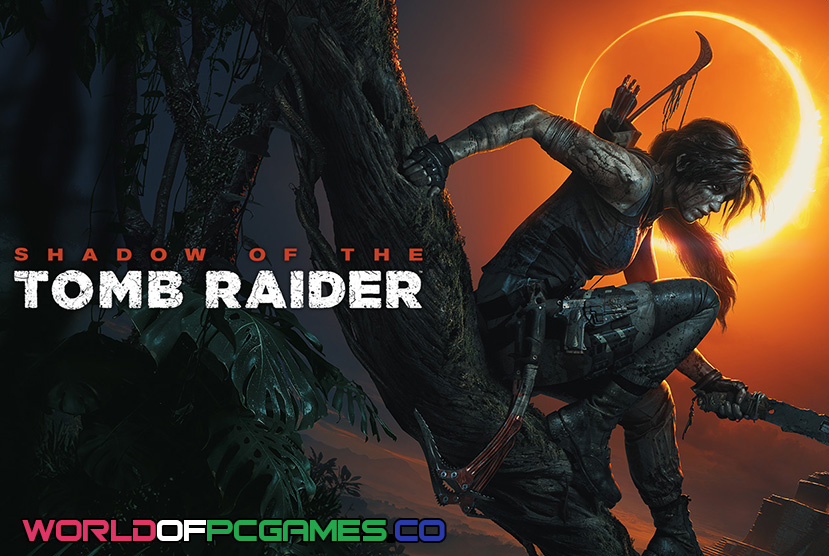

The first and third/last benchmark levels/areas performed slightly better. Apart from these improvements, this patch does not pack any CPU or memory improvements/optimizations (at least according to the developers themselves).Īt 1080p/Highest Settings, we saw a small performance improvement in the built-in benchmark. This is why we did not use DLSS or Ray Tracing. Square Enix and Crystal Dynamics claimed that this latest update upgrades NVIDIA DLSS to the latest version, brings an improved shadow denoiser for use with ray traced shadows, updates to multiplayer infrastructure to use Epic Online Services and fixes specific compatibility issues with Intel GPU hardware. Therefore, we benchmarked the game at 1080p/Highest Settings (without Ray Tracing or DLSS) and 1080p/Lowest Settings. As such, we’ve decided to benchmark scenes with settings that would introduce a possible CPU bottleneck. For what it’s worth, this latest version ran without issues on our PC system.Īs we all know, Denuvo may introduce some additional CPU overhead. Now while Square Enix rolled back this latest update for the game, you can still access it via the Steam beta builds.

We also used Windows 10 64-bit, the GeForce 496.13 driver. And, surprisingly enough, the game now runs noticeably faster.įor these benchmarks, we used an Intel i9 9900K with 16GB of DDR4 at 3600Mhz and NVIDIA’s RTX 3080.

As such, and after some reports, we’ve decided to benchmark the game and see how it performs now that Denuvo is no longer available. A few days ago, Square Enix and Crystal Dynamics removed the Denuvo anti-tamper tech from Shadow of the Tomb Raider.


 0 kommentar(er)
0 kommentar(er)
